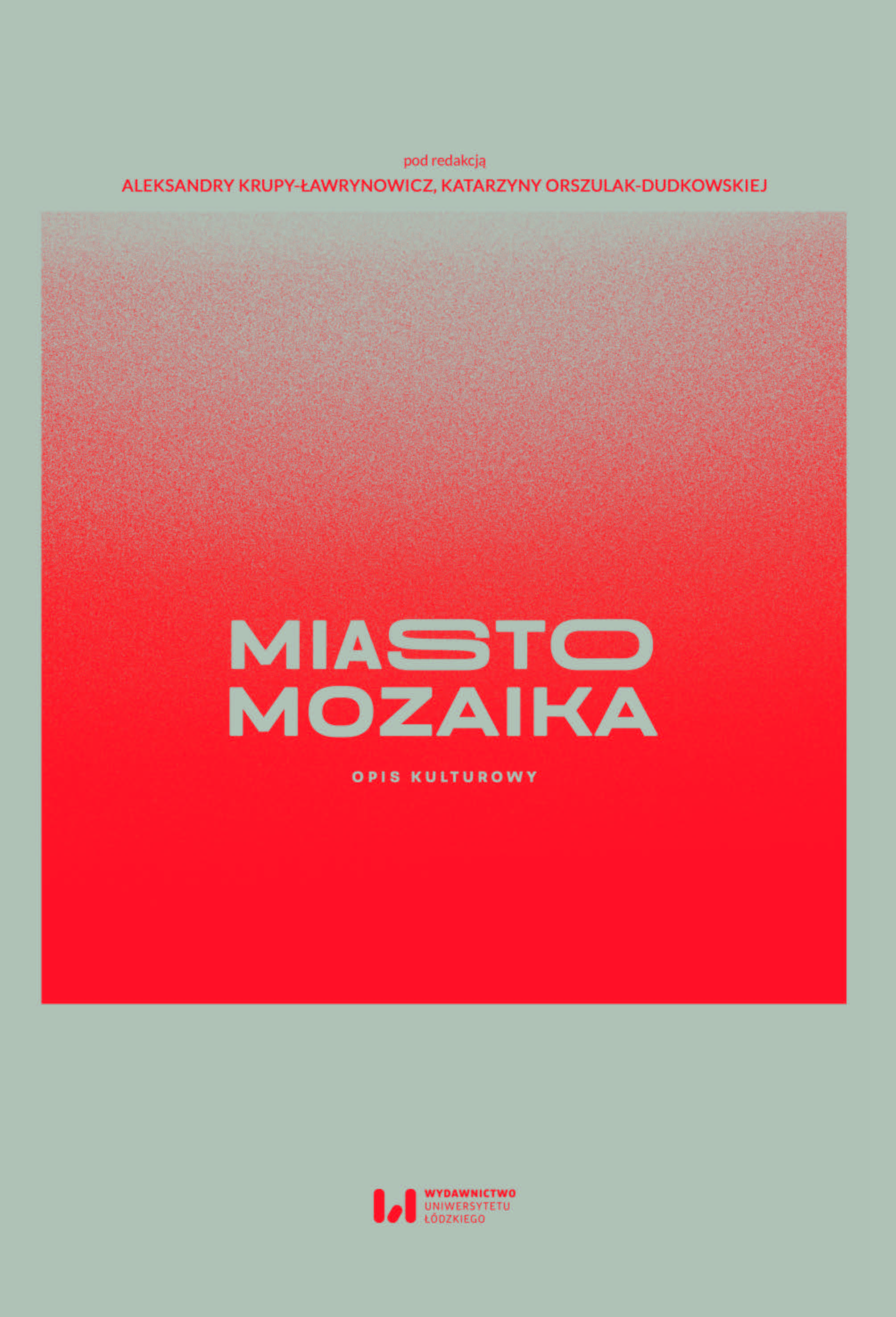Kamienica przy ul. Szewskiej 21 w Krakowie. Ślady przeszłości
The tenement house at 21 Szewska Street in Cracow. Traces of the past
Author(s): Róża Godula-Węcławowicz, Tomasz Węcławowicz
Subject(s): Anthropology, Cultural Anthropology / Ethnology
Published by: Wydawnictwo Uniwersytetu Łódzkiego
Keywords: place; memory; Cracow
Summary/Abstract: Recent decades have seen an explosion of various “turns” in the humanities. Among these has been an interest in space and place as cultural categories. These concepts are related, but not the same. There are many ways to talk about place, but they are nevertheless united by a basic assumption – a place exists through a relationship with human beings. People’s actions, experiences, sensations and emotions and memory create the place, setting it apart from space and fixing it in time. The authors tell the story of a certain place in Cracow – a tenement house at 21 Szewska Street. Its material history is enlivened by people and the events they experienced. The writer Melchior Wańkowicz lived in this tenement house, the painters Piotr Stachiewicz and Wiesław Obrzydowski had their studios, the sculptor Jan Krzyczkowski, the graphic artist Ewa Siedlecka and her husband, the art critic Adam Kotula. Tadeusz Kantor created his unique Cricot Theatre here. The experience of the time and place in which they lived co-created their identity. At the same time, their actions left a trace in the historical memory, thus influencing the specificity of the place. From the crumbs of memory, the authors reconstruct the semantics of a place – its artistic genius loci. After all, as Michel de Certeau wrote, “the memorable is that which can be dreamed about a place”. The anthropological narrative tries to organise memories, experiences, dreams, into a certain whole and give it a unified form.
Book: Miasto mozaika. Opis kulturowy
- Page Range: 139-156
- Page Count: 18
- Publication Year: 2023
- Language: Polish
- Content File-PDF

